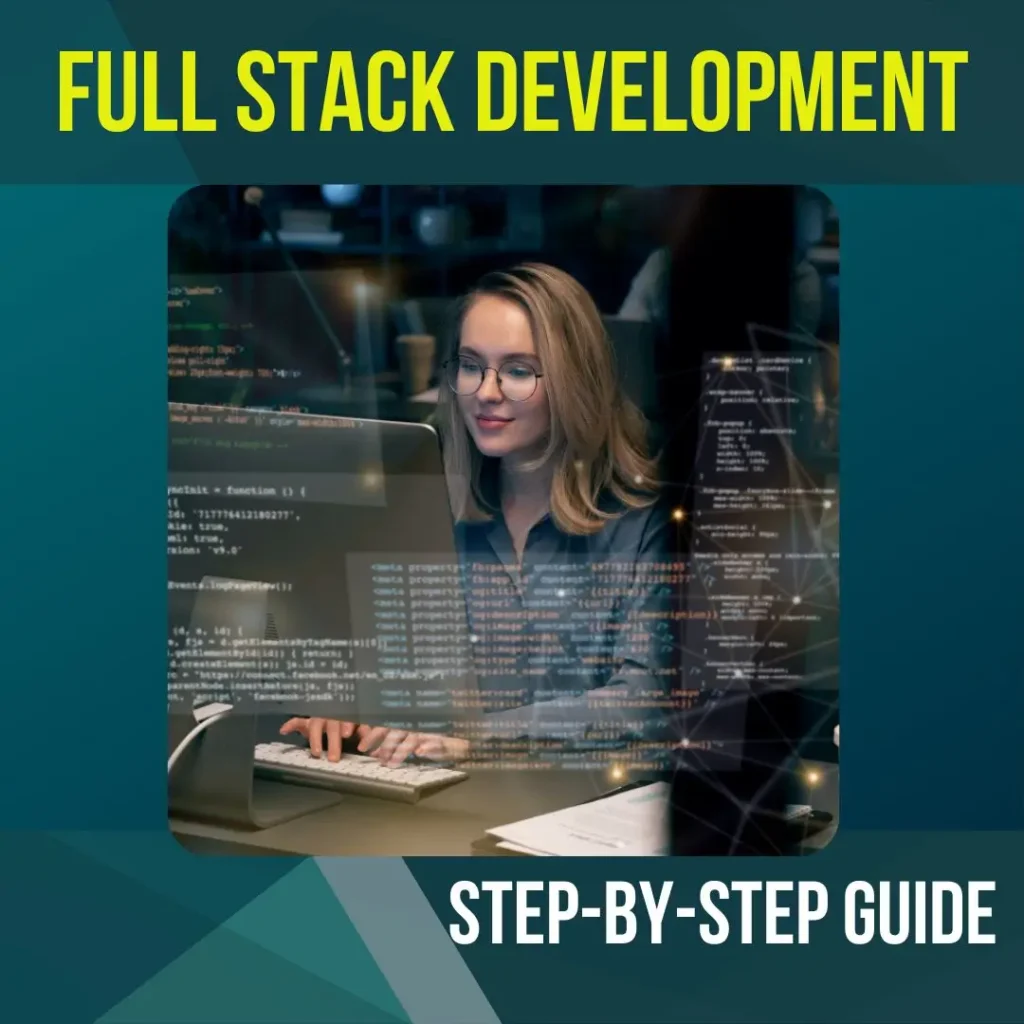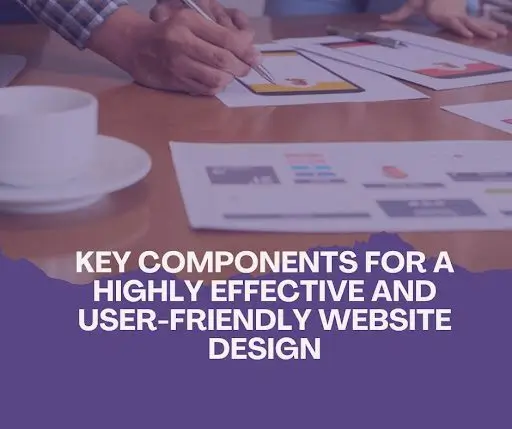In the rapidly evolving landscape of modern web development, the role of a full-stack developer has emerged as a crucial player in crafting holistic digital solutions. Full-stack development encompasses a broad range of skills, ranging from front-end user interface design to back-end server-side programming. This comprehensive guide aims to walk beginners through the multifaceted journey of becoming a proficient full-stack developer, exploring the intricacies of both front-end and back-end technologies, and preparing you for a dynamic career in the software industry.
Understanding Full-Stack Development
Full-stack development encapsulates the entire spectrum of web application creation, encompassing both the client-facing front-end and the server-driven back-end. Full-stack developers are the architects who meticulously design user interactions, ensuring the seamless integration of design and functionality. As you embark on this journey, you’re embarking on an educational route that combines the best of front-end and back-end development, granting you the power to craft complete software applications.
Front-End Development Basics
The journey into full-stack development begins with understanding the foundation of front-end development. Front-end developers are responsible for creating the graphical user interface that users interact with. HTML, CSS, and JavaScript are the popular languages used for building responsive and user-friendly interfaces. HTML structures the content, CSS adds the visual aesthetics, and JavaScript adds interactivity. With hands-on experience in these languages, you’ll be equipped to create stunning user experiences that captivate users.
Back-End Development Fundamentals

Transitioning to the back-end, you delve into server-side development—the backbone that powers web applications. Back-end developers wield programming languages like Python, Ruby, and Node.js to build the logic and functionalities that drive applications. This includes handling databases, managing user authentication, and processing user requests. The back end is the force that transforms user actions into meaningful responses, making it a critical aspect of full-stack development.
Creating a Full-Stack Development Environment
A full-stack developer’s toolkit extends beyond languages—it involves the mastery of code editing tools, integrated development environments (IDEs), and version control systems like Git. These tools streamline collaboration, allowing you to efficiently manage both front-end and back-end code. Navigating this environment empowers you to confidently shape user experiences and functionalities.
Front-End Development Steps
Front-end development is akin to painting a canvas with design elements and user interactions. Your journey starts with wireframing, a blueprint of the user interface. As you transform these sketches into reality using HTML, CSS, and JavaScript, you’ll create a responsive and visually engaging user experience. Familiarity with front-end frameworks enhances your efficiency, allowing you to leverage pre-built components for creating compelling user interfaces.
Back-End Development Steps
Back-end development involves crafting the logic that governs how applications function. This includes setting up servers, defining routes, and creating APIs to facilitate communication between front-end and back-end components. You’ll also explore the realm of databases, acquainting yourself with different types of databases and database management systems. Proficiency in back-end languages equips you to build scalable and efficient server-side functionalities.
Integrating Front-End and Back-End
The true power of full-stack development emerges when you merge the front-end and back-end components into a harmonious whole. AJAX and API calls play a crucial role in this integration, enabling seamless data exchange between the client and server. This dynamic connection ensures that user interactions translate into meaningful actions, underscoring the significance of your role as a full-stack developer.
Testing and Debugging

Thorough testing and debugging are the cornerstones of delivering reliable software applications. As a full-stack developer, you’ll conduct unit testing to assess the performance of individual components and functional testing to ensure cohesive operation. Debugging tools aid in identifying and resolving issues swiftly, guaranteeing that your applications function seamlessly on both ends.
Deployment and Hosting
With your application ready, the next step is deploying it to a server, making it accessible to users. Understanding web hosting is crucial in this phase. Hosting options and domain registration are integral to this process, determining the accessibility of your software application. Familiarity with cloud services empowers you to deploy your application with scalability and reliability in mind, catering to the evolving needs of users. Gaining a thorough understanding of web hosting allows you to make well-informed choices that guarantee optimal performance for your application and deliver a seamless user experience.
Continuous Learning and Growth
Full-stack development is a constantly evolving field, demanding a commitment to continuous learning. Staying updated with the latest front-end and back-end technologies ensures your skill set remains relevant. Online resources, courses, and workshops provide opportunities to expand your knowledge and refine your abilities, positioning you as a competitive full-stack web developer in the software industry.
Conclusion
As you traverse the path of full-stack development, you’re embarking on an exciting journey that melds creativity with functionality. The skills you acquire as a full-stack developer enable you to craft comprehensive software applications that enrich user experiences. Whether you’re shaping responsive web designs, optimizing database performance, or orchestrating server-side logic, you’re contributing to the realm of full-stack development. As the software industry evolves, the demand for skilled full-stack web developers continues to grow, offering you a diverse range of career opportunities as a software engineer who can craft immersive digital experiences from start to finish.







